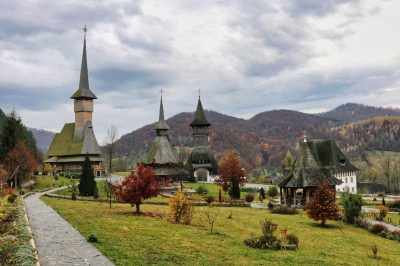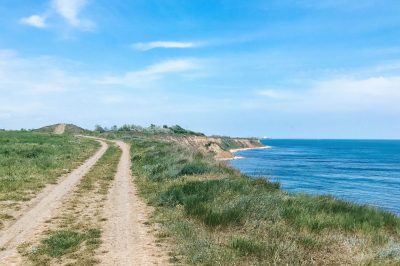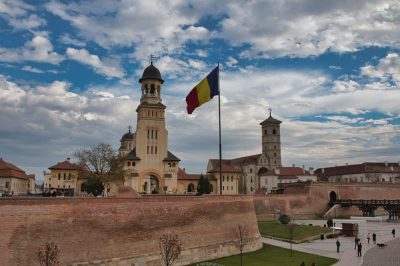County brief | |
|---|---|
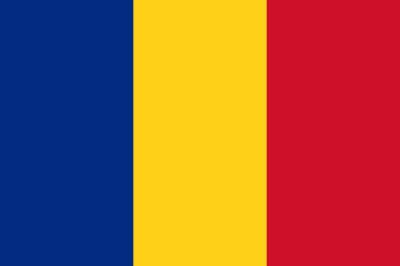 | |
Population |
20,21 Mio. |
Area |
238.000 km² |
Form of goverment |
Republic |
Currency |
Lei |
Capital |
Bucharest |
Official languages |
Romanian |
Religions |
Romanian Orthodox, Protestant, Catholic, Muslim |
Country code |
+40 |
National Holiday |
December 1 (unification into the state of Greater Romania on December 1, 1918) |
Romania is becoming more and more attractive in recent years. Long ago, the former poorhouse of Europe has become a popular tourist magnet. Many direct flights from the west, low prices, charming cities, and relaxing nature offer more than one expects from Romania.
The history of the country offers many different facets. It was partly dominated by the Hungarians, occupied by the Ottomans, there are even evidence of millennia-old culture, such as the also called Romanian Stonehenge Sarmizegetusa Regia. In Transylvania, on the other hand, visitors can walk in the footsteps of the Transylvanian Saxons. The small fortified churches in the villages of Transylvania bear witness to the violent times when the inhabitants entrenched themselves in the walls for protection from passing armies. The picturesque towns of Transylvania offer some of the best photo opportunities in Europe. Near Brașov stands Bran Castle, which is often attributed to Count Dracula.
Bucharest, with its lively cultural scene and sophisticated cafes, is no longer an insider’s tip. In addition to the all-encompassing socialist architecture in the residential areas, the Palace of Parliament conveys the monstrosity with which the communist dictator Nicolae Ceaușescu oppressed and exploited his people.
In Maramures, you can still discover the original Romania. Here, more than anywhere else, the inhabitants of the villages still drive around in horse-drawn carts. The churches with their pointed roofs and the probably only cemetery in the world, where one is supposed to laugh, testify to the uniqueness of this region. Here one of the last forest railroads leads to the Carpathians and testifies to this day to the hard working people of Maramures.
Iasi is considered the cradle of Romania, because the state emerged from the union of the two principalities of Wallachia and Moldavia. Iasi was the center of Moldavia. Even today, Romanian culture is still lived here.
The Danube Delta, on the other hand, belongs to the animals. Many rare species, even pelicans, are found here every year in the summer. Visitors can observe the animals here during boat trips or from viewpoints. The Danube, one of the longest rivers in Europe, runs through the Danube Delta in an intricate system of canals and branches. Here you can eat great fish soups and observe the natural life of the Lipovans, the Old Believers.
Further south, on the Black Sea coast, a lot of money used to go over the table in the casino of Constanta. Today, the Romanian Black Sea coast is more interesting for locals and for dropouts. In the former hippie commune of Vama Veche, you can sometimes feel like you’re in an Eastern European Jamaica.
Temeswar, in the far west of the country, is part of the Banat region, where the ethnic German Danube Swabians once settled. Today, only a few still live there but the heritage is definitely not only to be found in the cemeteries of the region.
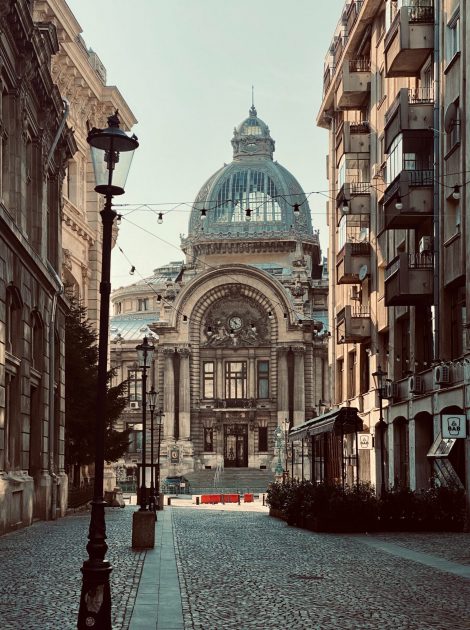
Bucharest has become an exciting metropolis. The city combines the legacy of the Ottoman occupation, with that of Romania at the turn to the 20th century. The colossal Palace of the People is one of the largest buildings in the world and tells of the megalomania of the communist regime in Romania. In between, Bucharest pulsates with many cafes, bars and clubs.

The Transylvania of Dracula and other mythical figures attracts millions of tourists every year to the restored castles of Bran and Peles and the old towns of Sighisoara, Sibiu, Cluj-Napoca and Brasov.
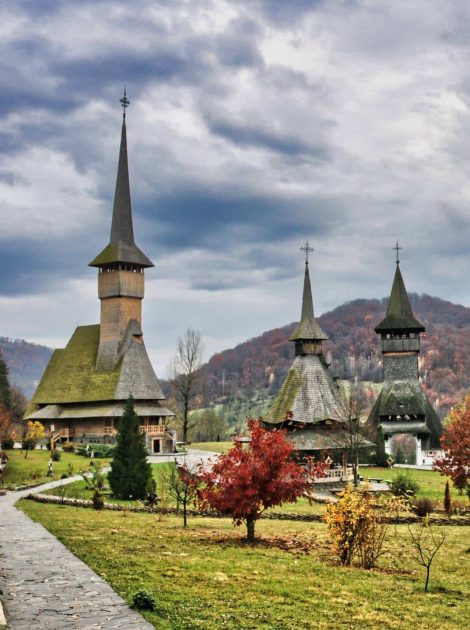
The border region with Ukraine is one of the most pristine landscapes in Romania. Here people still live with nature and with God. Witnesses of faith are the churches with the pointed roofs, which are typical for the region. But also curious sights can be found in this unique stretch of land.
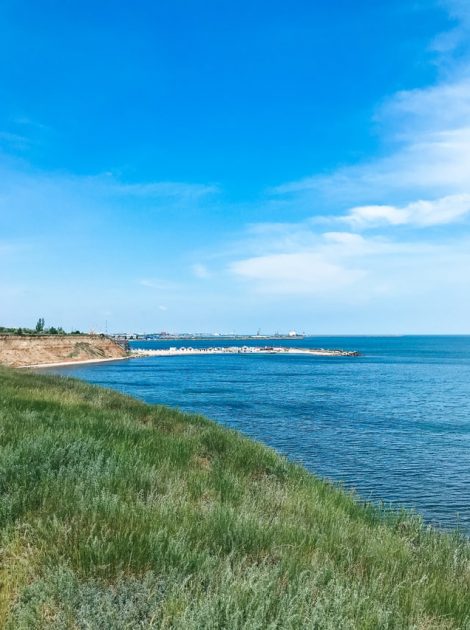
While the beaches of the Bulgarian Black Sea coast attract millions of bathers from Western Europe in the summer, the Romanian Black Sea coast is quite empty and is frequented more by locals. Nevertheless, in addition to the big city of Constanta, there are also small seaside resorts like Vama Veche that exude a hippie vibe.
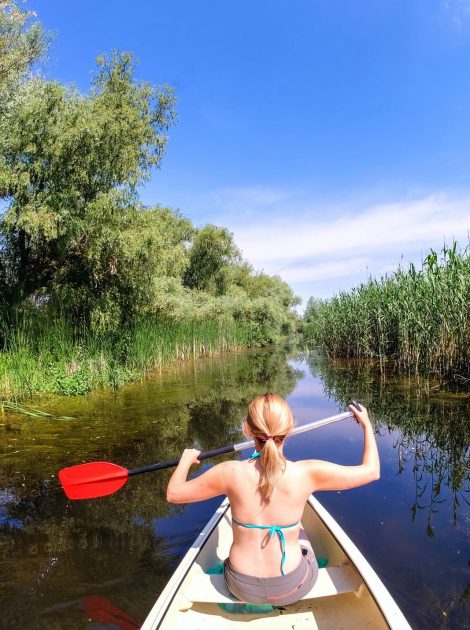
The Danube Delta is a natural landscape still untouched in parts and a real hidden treasure in Romania. This is because its natural heritage includes a biodiversity that is unique in Europe. In this secluded area have lived for centuries Russian Old Believers, who once fled here from the Tsar. This is an area you simply have to explore.

Iași was once the capital of the Principality of Moldova. The region and also the city, which was even once the provisional capital of Romania in the 19th century, is considered by many Romanians as the cradle of Romanian culture. Today, the city with its many students is a relaxing city break and offers some photogenic sights, such as the Palace of Culture.
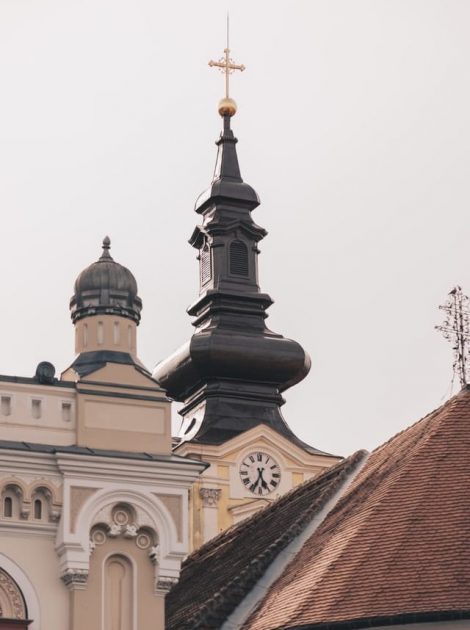
First under Hungarian rule, then under Ottoman occupation and later as part of Austria-Hungary, Banat was a true melting pot of cultures. The so-called Danube Swabians also arrived during Austrian rule in the region, which today is two-thirds Romanian, one-third Serbian and a small part Hungarian. The history of the multicultural region can be wonderfully explored in Timișoara.
To prepare your trip even better, we have created a packing list for you. It contains recommendations for things that will make your trip more comfortable and secure.
Finding cheap flights with good connections is not always easy. We are pros at finding the cheapest and best flights. Here we share our experiences with you.
Money withdrawel can be extremely expensive. Especially those who pay a lot with foreign currencies should therefore have a travel credit card, which is free of charge or offers low fees. We tested the best.
